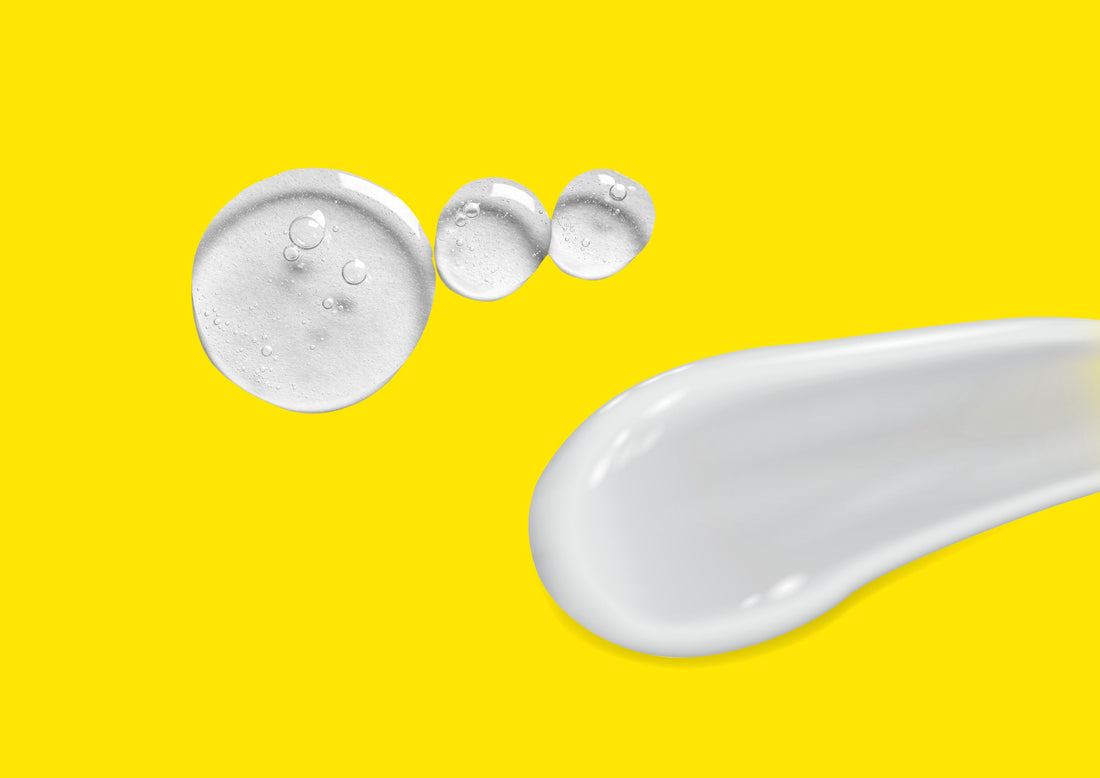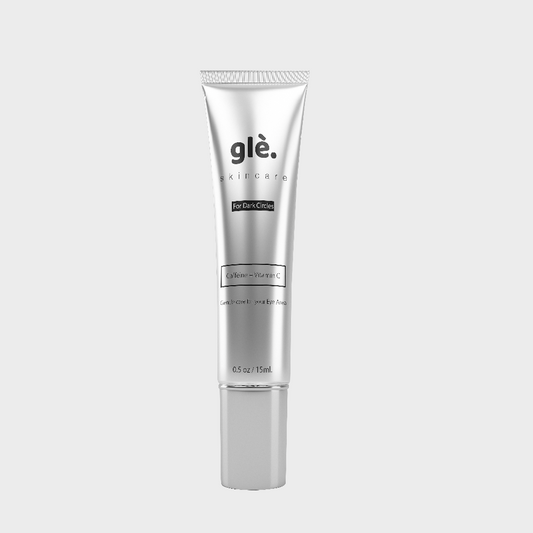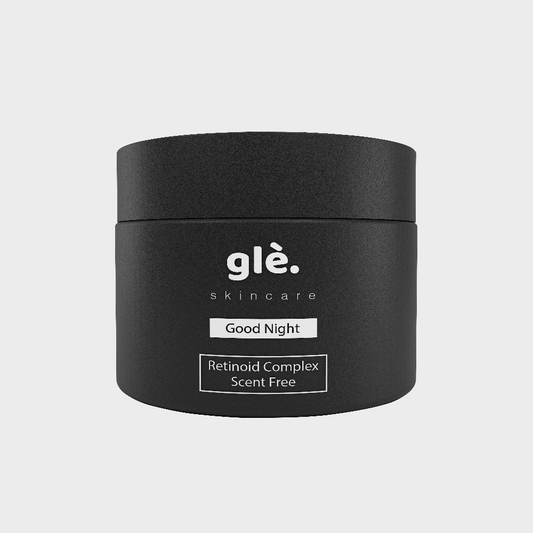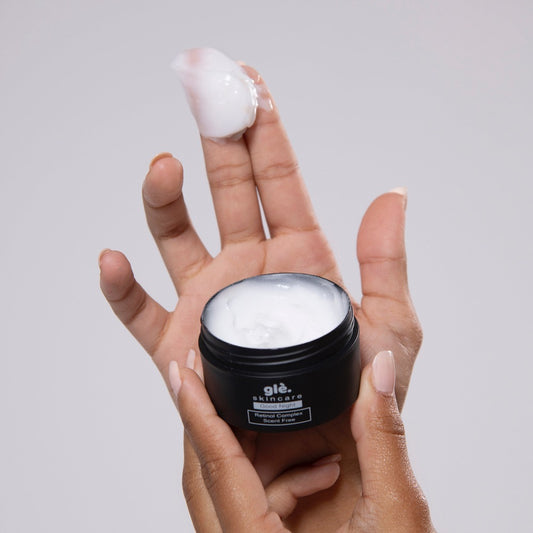When it comes to discussing their daily skincare routines, dermatologists, estheticians, and beauty editors often emphasize two powerhouse ingredients: niacinamide, also known as vitamin B3, and vitamin C. These ingredients hold significant appeal due to their extensive list of benefits, which have garnered glowing reviews from users.
Given their popularity in skincare, you might be wondering whether niacinamide and vitamin C can be used together harmoniously, or if they behave more like frenemies—seemingly coexisting but potentially competitive. Below, experts provide their insights.
Vitamin C Let's start by examining the advantages of each of these buzzworthy ingredients. We'll begin with vitamin C:
-
Diminishes dark spots and enhances skin tone: Perhaps the most well-known benefit, topical application of vitamin C has proven effective in reducing hyperpigmentation and illuminating the complexion.
-
Boosts collagen production: Vitamin C not only stimulates the production of collagen but also stabilizes existing collagen, leading to a reduction in wrinkles and overall skin tightening.
-
Combats oxidative stress: As a potent antioxidant, vitamin C guards against free radicals, maintains a balanced inflammatory response in the skin, and even offers protection against UV-induced photodamage.
Niacinamide Now, let's highlight the impressive qualities of vitamin B3:
-
Addresses hyperpigmentation: Niacinamide, when applied topically, reduces the appearance of brown spots, redness, and blotchiness, while also brightening the overall complexion.
-
Treats acne: Research indicates that a topical formulation containing 4% niacinamide can be as effective in treating moderate acne as a 1% topical antibiotic clindamycin.
-
Softens fine lines: Niacinamide helps prevent and treat aging signs caused by reactive oxygen species. Studies have shown that topical application of vitamin B can promote new skin cell production and enhance skin elasticity.
Can They Be Used Together? The concise answer is yes. As evident from the aforementioned benefits, niacinamide shares similar properties with vitamin C. In fact, these two ingredients can complement each other, leading to formulations that include both niacinamide and stable forms of vitamin C, particularly in products designed to brighten the skin.
However, there's a historical concern: Previous research suggested that combining niacinamide with the unstable form of vitamin C, ascorbic acid, might lead to the formation of niacin, causing skin flushing and inflammation.
Yet, recent science indicates that this concern might be exaggerated. The conversion to niacin requires extremely high temperatures, unlikely to be encountered in typical skincare products' development, manufacturing, storage, or usage. The earlier study used non-stabilized versions of both ingredients in a high-temperature environment, not representative of real-world skincare applications.
Nonetheless, if you're apprehensive, many experts advise caution when layering the two ingredients, especially if your skin is sensitive to niacinamide.
In essence, while combining niacinamide and vitamin C could theoretically lead to niacin conversion and flushing, the conditions required for this change are rarely met in skincare formulations. If you have sensitive skin, it's prudent to exercise care. For sensitive skin types, using niacinamide concentrations lower than 2% is recommended to prevent irritation.
Layering Techniques For those keen on using both of these active ingredients, here's a guide to ensure they work in tandem without canceling each other out or causing irritation:
-
Apply your vitamin C serum first, allowing it to dry completely before adding niacinamide. This sequence ensures that the ascorbic acid settles into the skin before introducing niacinamide.
-
Opt for products that combine both ingredients. Simplify your routine by choosing products that incorporate both vitamin C and niacinamide.
-
Incorporate niacinamide into your moisturizer. Unlike vitamin C, niacinamide pairs well with various ingredients. To streamline your routine, consider adding niacinamide to your moisturizer, avoiding concerns about ingredient compatibility.
In Conclusion In summary, combining vitamin C and niacinamide is feasible, but it's crucial to adhere to the provided guidelines to maximize their benefits without any adverse effects. When applied in the right order and concentrations, these ingredients can contribute to healthier, radiant skin.















